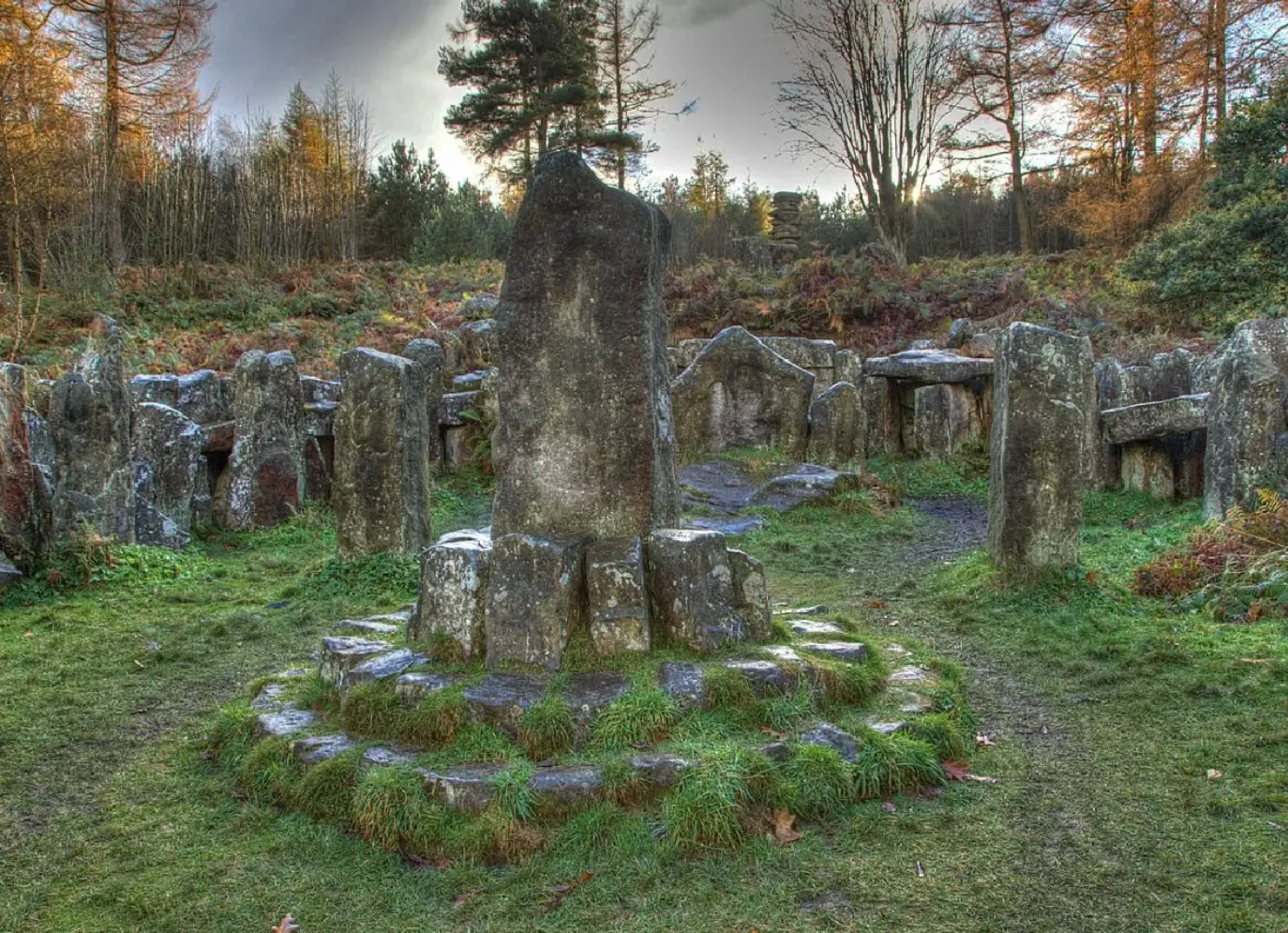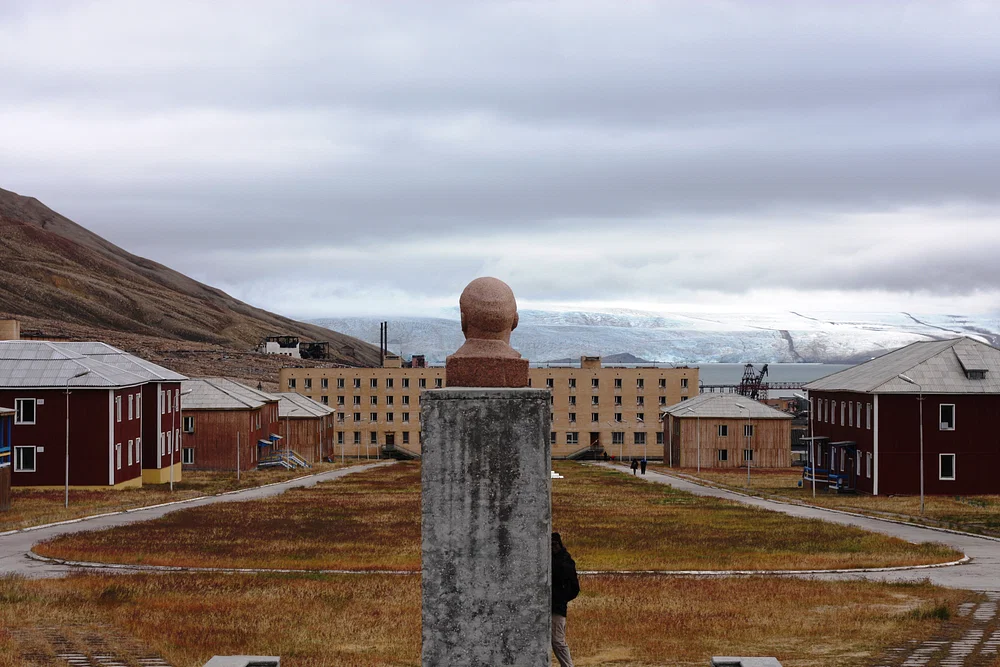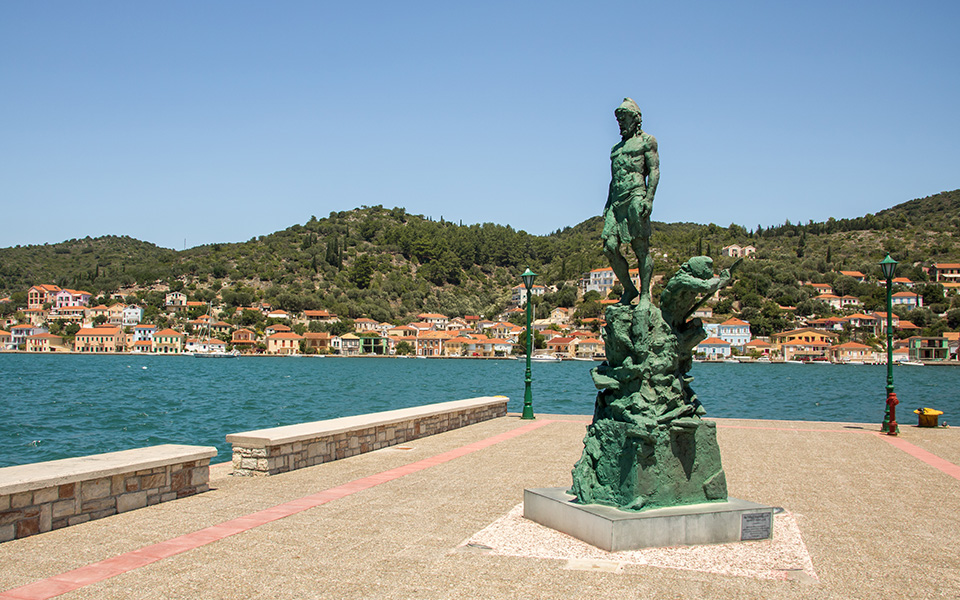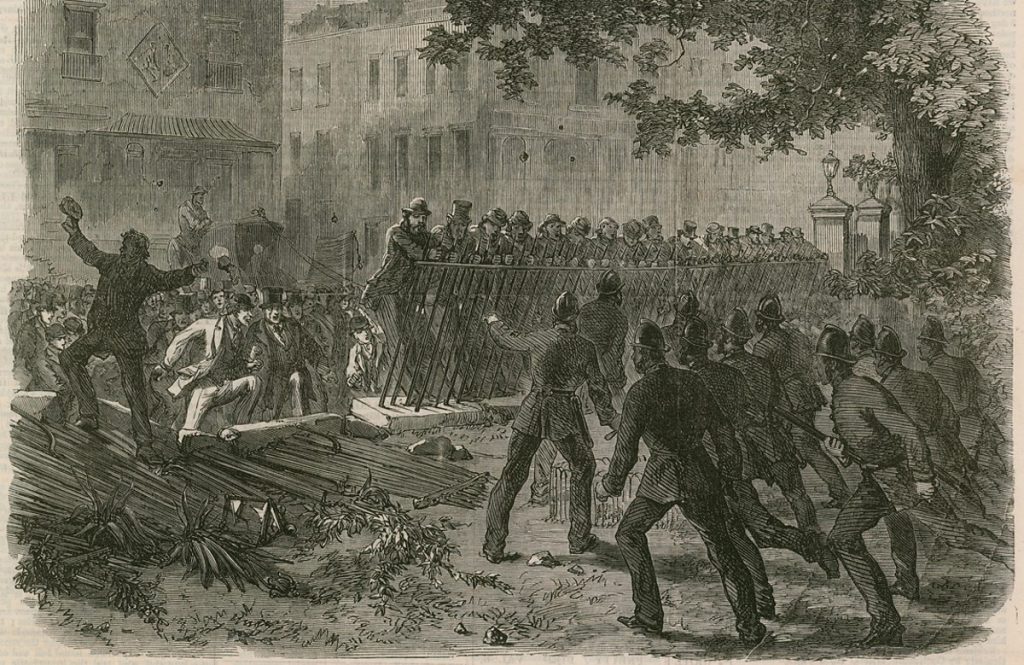It starts not with a war, nor a king, nor even a book—but with a whisper in the forest.
Somewhere, in the misty hills of ancient Wales, long before it bore that name, a child stood beneath an old oak tree and watched as a figure in white raised his hands to the sky. The air was thick with smoke, the chants low and rhythmic, and the wind, as always in these lands, carried memory.
For centuries, these lands were the domain of the Druids.
They didn’t leave behind temples of marble or monuments of empire. They left no great tombs bearing their names. What they left instead was a presence—woven into the stones, the rivers, the language itself. The Druids were the mind and mystery of Celtic Britain, and in no place has their ghost lingered more stubbornly than in the hills and hollows of Wales.
To understand Wales, you must understand its silence. Its stories. Its songs. And to understand those, you must go back—farther than the Romans, farther even than Arthur—to a time when knowledge was not written, but remembered. When learning was passed not on parchment, but through voice and vision.
The Druids were the keepers of that knowledge.
They were judges, philosophers, healers, priests. They held no official crown, but kings listened when they spoke. Their training lasted decades—twenty years of memorizing verses, laws, astronomy, theology. They were the living libraries of their people, guardians of a sacred tradition that saw nature not as backdrop, but as divine.
Trees, especially oaks, were holy. Mistletoe, growing high in those trees, was believed to cure infertility, protect against evil, and offer access to the gods. Water had spirit. Stones had memory. Every hill had a name, every grove a guardian.
Wales became a sanctuary for that spirit.
As the Roman legions pushed deeper into Britannia in the first century CE, they found their fiercest resistance in the wild western highlands. While the legions marched and mapped, the Druids prayed and plotted. Anglesey, the island off Wales’s northwest coast, became their last stronghold—a sacred refuge for their ceremonies and teachings.
The Roman historian Tacitus tells of a chilling scene: Roman soldiers storming Anglesey, greeted not by spears, but by wild-eyed women in black and bearded men lifting their arms in curse. The Romans burned the groves. They slaughtered the priests. And they declared victory.
But belief is harder to kill than men.
Though the Druid order may have been broken, its spirit seeped into the Welsh soil. Into the bardic tradition that followed. Into the poetry and the proverbs and the rhythm of a language that still seems to sing even when spoken. The bards who flourished in medieval Wales were heirs to the Druids—not in lineage, perhaps, but in soul.
And then came the myths.
The Mabinogion, a collection of Welsh stories written down in the Middle Ages but rooted in far older oral tradition, pulses with Druidic magic. There are shape-shifters, talking animals, enchanted cauldrons, and wise men who speak in riddles. There are hints of old rituals: the journey between worlds, the power of words, the sanctity of nature.
And through it all, there is a sense that the line between seen and unseen is very, very thin.
Christianity arrived, as it did across Europe, bringing churches and monks and saints. But in Wales, the old ways didn’t vanish—they transformed. Saints bore names that echoed earlier deities. Holy wells and springs remained sacred. Pilgrimages followed paths once used by Druid initiates. In many places, the cross was planted where the oak had once stood.
By the eighteenth century, the Druids were dust. Or so it seemed.
Then came a revival.
As Romanticism swept across Britain and Europe, stirring hearts with dreams of lost wisdom and ancient lands, Wales emerged not just as a place, but as a myth. Poets and scholars, Welsh and English alike, began to look backward, searching the mists for signs of the Druids. The Gorsedd, a bardic assembly claiming ancient roots, was established in 1792 and quickly absorbed into the annual Welsh Eisteddfod—an event that today still blends poetry, ceremony, and pageantry in ways that would’ve made the old Druids smile.
They were back. Not as priests, but as symbols.
And perhaps that’s how they were always meant to endure.
The modern world has no shortage of information, but the Druids dealt in wisdom. In silence. In stories that shift each time they’re told. Their influence in Wales is not in doctrine but in mood. In the way the fog creeps through valleys. In the reverence for the land. In the way even a child might pause at a standing stone and wonder.
Ask someone what a Druid was, and you’ll get a dozen different answers: mystic, magician, herbalist, priest, political rebel. That ambiguity is part of the magic. The Druids weren’t just figures of the past—they were symbols of something deeper. A way of seeing. A way of being.
Today, in Wales, their name is still spoken. Not with historical precision, perhaps, but with a kind of reverence. In language, in landscape, in the rhythm of songs sung around a fire. They are part of the DNA of the place—like the mountains, old and watching.
The child under the oak tree may be long gone. But the whisper remains.











































